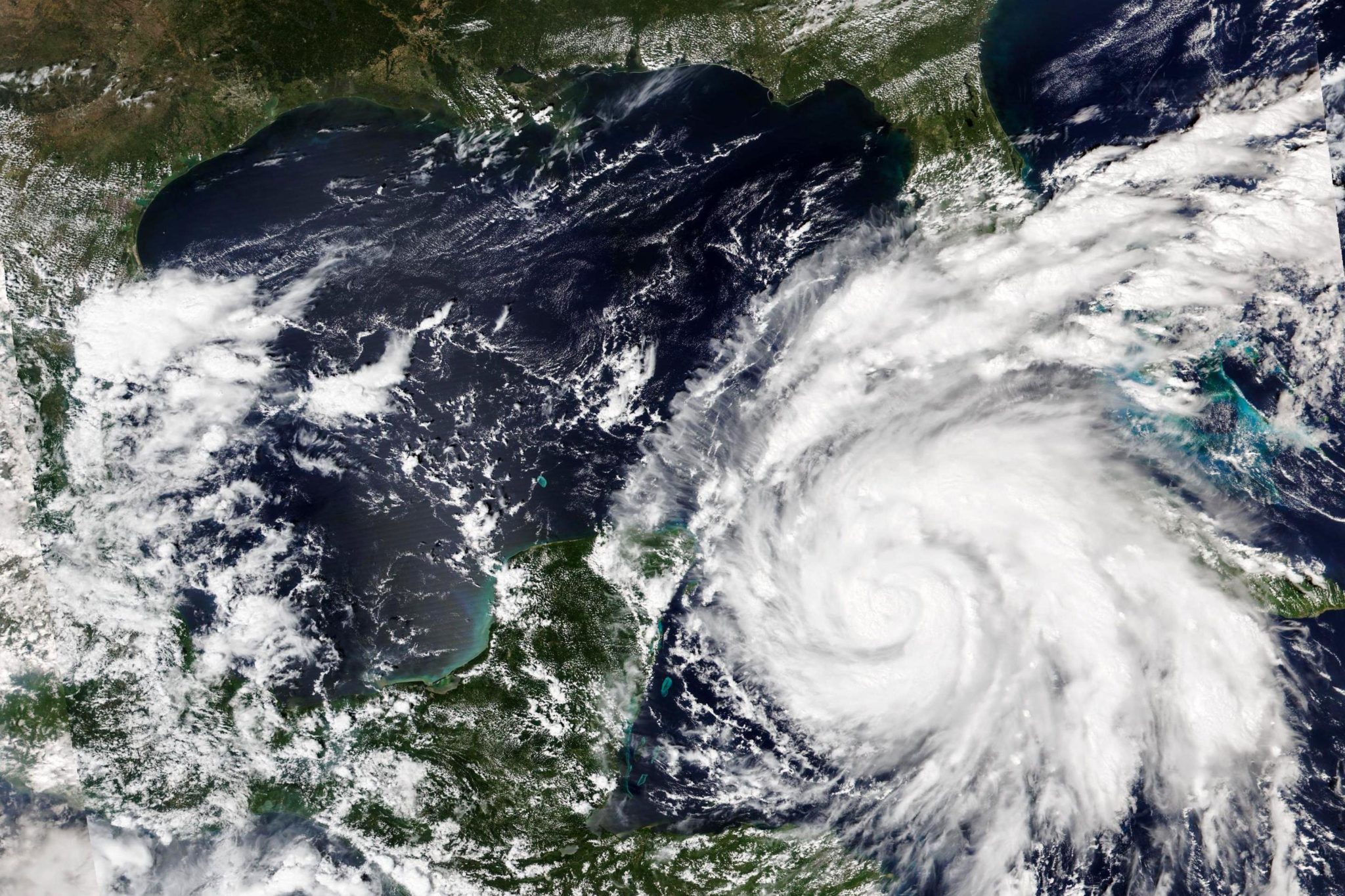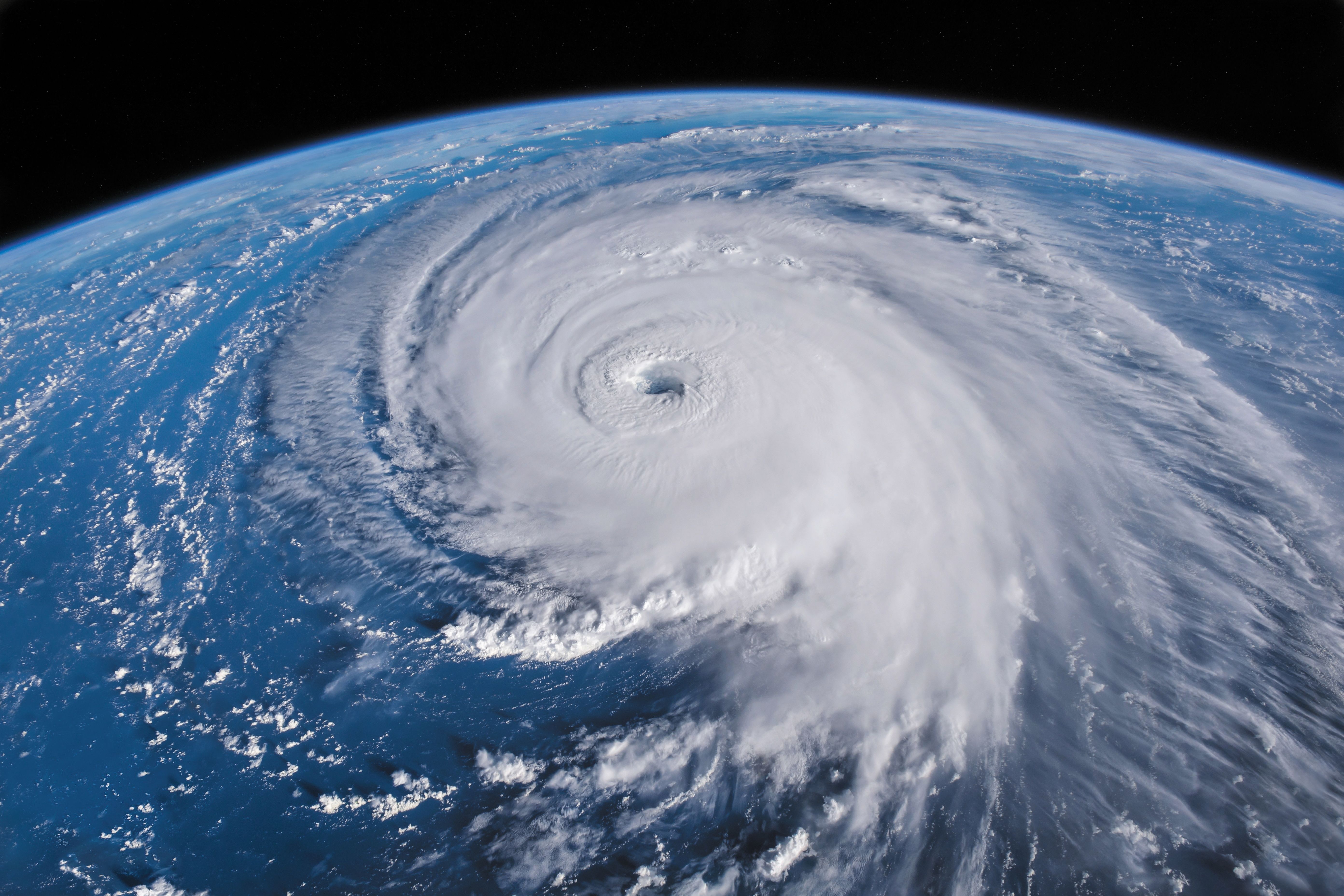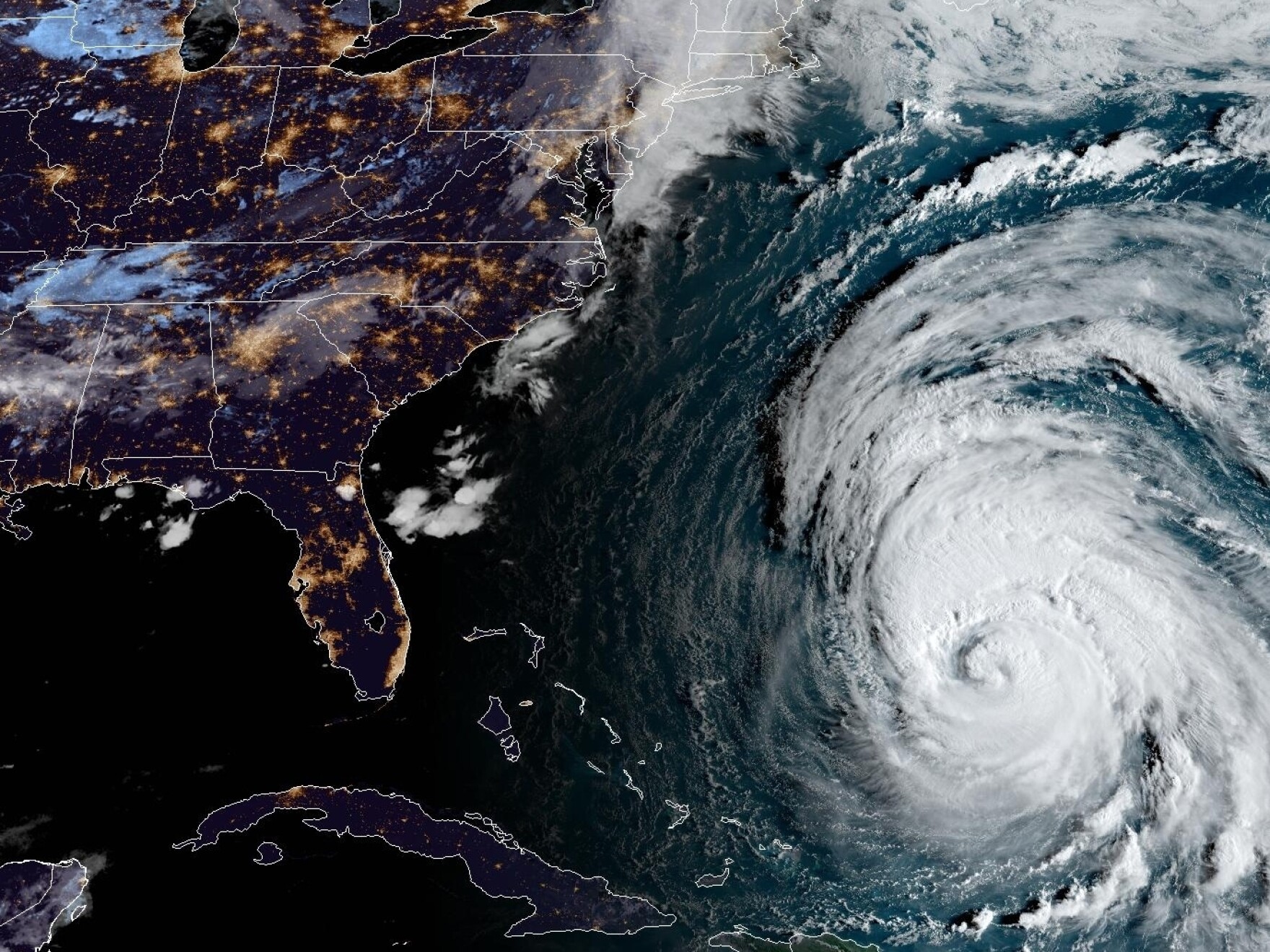AI-Generated Content
This article has been created using advanced AI technology to provide you with informative and engaging content.
AI-Curated Resources:
When news of a possible storm starts to spread, it's pretty natural to feel a knot in your stomach, especially if you live in a place where strong winds and heavy rain are a real possibility. People who have experienced rough weather, like those who remember the impact of a storm like Florida's Hurricane Frances back in September 2004, understand the worry that can come with such forecasts. We often hear folks talking about how they love the mild winters in places like North Carolina but absolutely cannot stand the hurricanes that often hit the coast. It’s a very common feeling, that desire to find a safe spot away from the worst of the weather.
So, when a name like "Hurricane Kristy" pops up, even if it's just a hypothetical example for discussion, many minds instantly turn to what it could mean for their homes and families. Folks in places like Charleston, South Carolina, or even those considering a move to Summerville or Goose Creek nearby, are likely wondering how such a weather event might affect their daily lives. There's a general concern, too, about finding a spot that’s close to the beach but doesn't face too much danger from these big storms, which, you know, can be a tricky balance to strike.
Actually, this kind of thinking extends to many different areas. People looking to relocate to Coral Springs in Florida, for instance, often ask questions about how homes are built there to withstand hurricanes. Even far from the coast, folks might recall past events, like the severe extratropical storm that brought a wind gust of 127 miles per hour to the Corvallis airport way back in October 1962. All these thoughts really show how much people want to be prepared and how important it is to get clear, helpful information about where a big storm, like a hypothetical Hurricane Kristy, might be headed.
- Diddy Justin Timberlake
- Roger Nores Liam Payne
- P Diddy Cartel
- Buzzfeed Quizzes One Direction
- How Did Diddy Get So Rich
Table of Contents
- What Do We Consider When Thinking About Where Is Hurricane Kristy Heading?
- How Do Past Events Shape Our View of Where Is Hurricane Kristy Heading?
- What About Inland Areas and Where Is Hurricane Kristy Heading?
- How Do Housing Choices Relate to Where Is Hurricane Kristy Heading?
What Do We Consider When Thinking About Where Is Hurricane Kristy Heading?
When we talk about a storm, even one we are just imagining, like a Hurricane Kristy, a lot of people immediately think about the coast. It's pretty natural, considering that's where these big weather systems usually make their first big impact. People who live in places like North Carolina or South Carolina, especially those along the oceanfront, are always keeping an eye on the forecasts. They often express a strong wish to find a place that offers the good things about coastal living, like being close to the beach, but without the constant worry of a major storm. This kind of thought process is very common, as a matter of fact.
For instance, someone considering a move to Charleston, South Carolina, or maybe Summerville or Goose Creek, which are a bit further inland but still close enough to feel the effects, will ask themselves if a storm like Kristy would bring significant trouble. The desire to not get too far from the coast is a real thing for many, but so is the need for a sense of safety. This balance is what makes thinking about where a storm might go so important for those who live in or are considering moving to these appealing coastal regions. It really is a lot to think about, you know.
Coastal Concerns and Where Is Hurricane Kristy Heading Near the Shore
The coastline, with its beautiful views and access to the ocean, draws many people in, but it also carries a higher risk when it comes to storms. People who have spent time in places like Florida, remembering events such as Hurricane Frances, understand the kind of power these weather systems can bring. So, when we talk about where a storm, like our hypothetical Kristy, might be headed, those living right by the water are often the first to feel a sense of immediate concern. They're typically the ones who need to make plans for possible evacuations or prepare their homes for strong winds and water.
In North Carolina, for example, many residents truly enjoy the mild winters, but they also express a clear dislike for the hurricane season that affects the coast. This leads to a lot of discussion about where one could move within the state that might offer a bit more shelter from these storms. Similarly, in South Carolina, someone looking for a home might want to be close to the beach but definitely not in too much danger from a hurricane. These are the practical considerations that come into play when thinking about the path of a storm and its possible effects on communities that are very much tied to the sea.
How Do Past Events Shape Our View of Where Is Hurricane Kristy Heading?
Our collective memory of past weather events plays a very significant part in how we react to current forecasts, especially when we consider where a storm like a hypothetical Hurricane Kristy might be headed. For instance, the mention of Florida's Hurricane Frances from September 4, 2004, brings back clear images for many people who lived through it. These kinds of real-life experiences make the idea of a new storm much more tangible and immediate. It's not just a name on a map; it represents a potential disruption to daily life, something people have already faced and wish to avoid again.
There are also historical weather records that remind us of nature's power, even far from the immediate coast. Take, for example, the severe extratropical storm on October 12, 1962, which brought a powerful wind gust of 127 miles per hour to the Corvallis airport. While not a tropical hurricane, this event shows that strong winds can happen in unexpected places and at unexpected times. Such past occurrences, in a way, influence how seriously people take any new storm warnings, shaping their questions about where a storm like Kristy could go and what it might mean for their area.
Lessons From History and Where Is Hurricane Kristy Heading in the Future
Learning from what has happened before is a pretty important part of preparing for what might come next. When people discuss their concerns about hurricanes, they often refer to specific storms that left a lasting impression. The memory of a storm like Hurricane Frances in Florida, for instance, serves as a practical lesson in how quickly conditions can change and what kind of damage can result. This kind of shared experience helps people understand the need for good information about where a storm, like our example Kristy, is going and what steps they should take to keep safe.
These historical accounts, even if they're about events like a powerful wind gust far inland, help people consider all the possible effects of a big weather system. They might prompt questions about how modern homes are built to withstand such forces, or what kind of local preparations are in place. So, when people look at a forecast for a new storm, they are, in a way, filtering that information through the lens of past events. This historical perspective really does shape how people think about where a storm like Kristy might be headed and what that means for their specific community.
What About Inland Areas and Where Is Hurricane Kristy Heading?
While coastal areas often bear the brunt of a hurricane's initial impact, the effects of these large weather systems can reach far inland. So, when people ask about where a storm, even a hypothetical one like Kristy, is headed, they're not just thinking about the beach. Places like Hurricane, Utah, or Hurricane, West Virginia, despite their names, are typically much less exposed to the direct forces of a tropical cyclone. Yet, even in these locations, people might still consider the wider implications of severe weather, such as heavy rain, flooding, or strong winds that can extend well beyond the immediate coastline.
The concerns about storms also influence decisions about where people choose to live, even in places that are not directly on the ocean. Someone looking to relocate to a place like Woodbury, Tennessee, or Chester, California, might not worry about direct hurricane landfalls, but they might still be interested in general weather patterns and how they could affect daily life or property. This just shows that the conversation about where a storm is headed can stretch to many different places, reflecting a general wish for safety and stability, regardless of how close you are to the ocean.
Safe Spots and Where Is Hurricane Kristy Heading Away From the Coast
For many people, finding a place that offers a bit more protection from severe weather is a big priority. This often means looking at areas further from the immediate coast. When considering where a storm, like our example Kristy, might go, people who are thinking about moving to places like Summerville or Goose Creek, South Carolina, are often doing so because they are slightly more inland than Charleston, yet still close enough to the beach for enjoyment. This allows them to have some of the good parts of coastal living without quite as much direct hurricane danger.
Even locations like Marianna, Florida, or the aforementioned Hurricane, West Virginia, which are not directly on the coast, still factor into this broader discussion. While they might experience heavy rain or strong winds from a storm that has moved inland and weakened, they generally do not face the same level of storm surge or direct hurricane force. This difference is what makes them "safer spots" in the minds of many who are trying to decide where to settle down, especially when thinking about the possible path of a large weather event and how it could affect their everyday lives.
How Do Housing Choices Relate to Where Is Hurricane Kristy Heading?
The type of home someone lives in, or plans to buy, is very much tied to their concerns about severe weather, including where a storm like a hypothetical Hurricane Kristy might be headed. People often ask very specific questions about how houses are built in different areas. For instance, someone looking at homes in Coral Springs, Florida, might inquire about whether properties built after a certain year meet newer, stricter building codes designed to withstand strong winds. This kind of detail is incredibly important for peace of mind.
The cost of living and the prices of homes, like the mean prices for townhouses in Utah or the median gross rent in West Virginia, also play a part in these decisions. While these financial aspects aren't directly about a storm's path, they are part of the overall picture when someone is deciding where to live and how much risk they are willing to accept. If a location is known for frequent storms, the cost of insurance, or the specific type of construction, might become more important factors in a person's choice of residence, especially when thinking about where a storm might be headed.
Home Construction and Where Is Hurricane Kristy Heading for Properties
The way a house is put together can make a real difference when a big storm comes through. People looking for a place to live, especially in areas that might be in the path of a storm like our example Kristy, often pay close attention to building standards. They want to know if homes are built to handle strong winds, heavy rain, and perhaps even some flooding. This is why questions about specific building codes, particularly for homes constructed after certain dates, come up so often when people are thinking about moving to places like Florida or the Carolinas.
Beyond the structure itself, the type of housing, whether it's a single-family home or attached units like townhouses, can also influence how people feel about safety during a storm. The overall cost of a place, like the detailed mean prices in Woodbury, Tennessee, or Marianna, Florida, might also reflect the perceived risk or the cost of building with stronger materials. Ultimately, the path of a storm, even a theoretical one, makes people think very hard about the physical protection their home can offer, influencing their property choices in a very direct way.
When we consider where a storm like a hypothetical Hurricane Kristy might be headed, it really brings to light how much people think about their safety and their homes. From coastal dwellers in North and South Carolina who are trying to find a balance between beach access and storm risk, to those in inland areas like Utah or West Virginia who might still feel some effects, the concern is widespread. Past events, like Florida's Hurricane Frances, shape our understanding, and the way homes are built, especially in places like Coral Springs, becomes a very important part of the conversation. Ultimately, these discussions are all about making informed choices for ourselves and our families in the face of nature's powerful forces.
AI-Enhanced Visual Content


